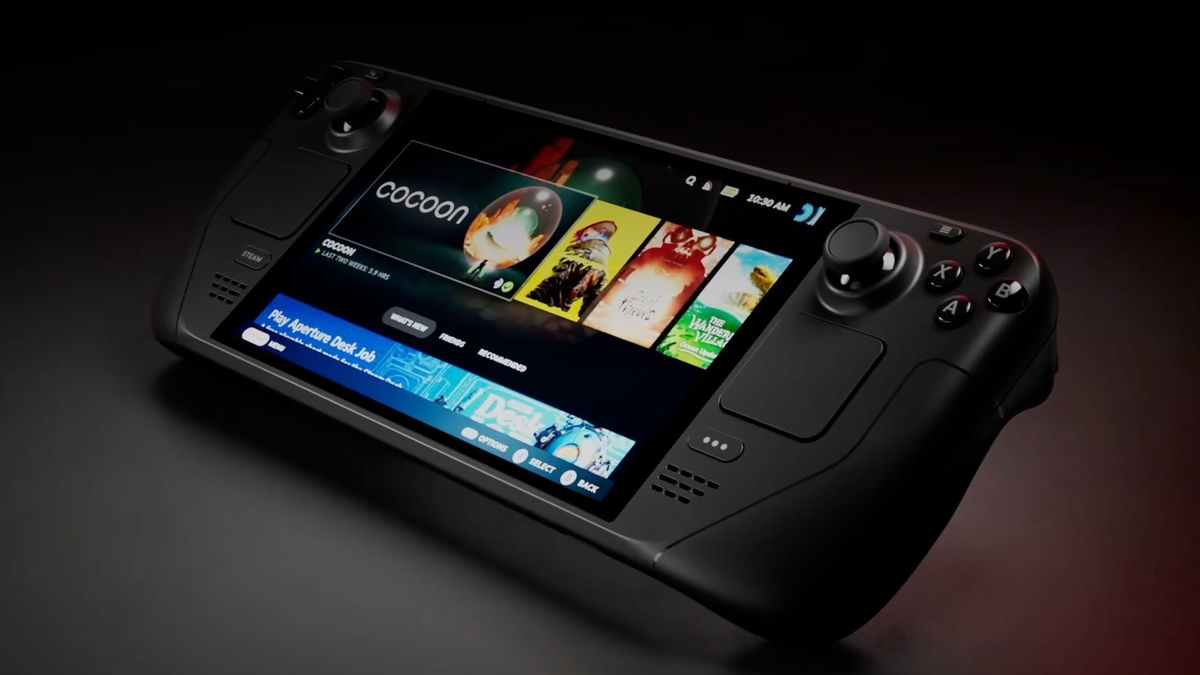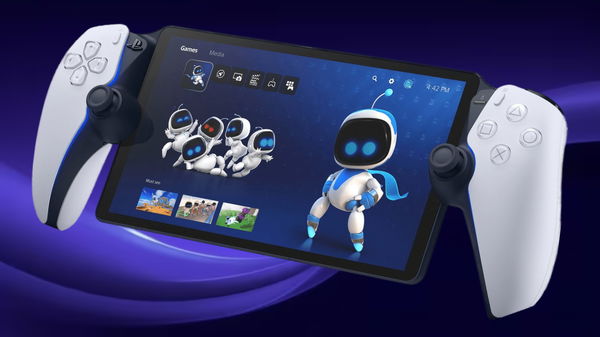

The Steam Deck is currently one of the most popular handheld devices on the market. On the other hand, the Nintendo Switch rules the market with its ability to let gamers easily take their Nintendo games on the go. Yet, Sony’s response to these excellent gaming devices was to launch a streaming device, merely an accessory called the PlayStation Portal.
Watch What’s Trending Now!
Microsoft, too, has been trying to make cloud streaming a prominent thing. However, the existence of these services and cloud streaming devices does not indicate that game streaming will ever catch on. Developers and publishers might want it to be a thing of the future, but gaming has already taken a different path.
ADVERTISEMENT
Cloud streaming might seem easy and quick, but it’s not good for consumers
A person buys themselves a subscription to Microsoft’s Xbox Game Pass. They get a bunch of games with this service, some new and some old. The value of this library only increases if they are on the Xbox console. But besides this ever-expanding library of games, fans also get something special. They get the ability to stream most of those games on any device they own. It can be a phone or a tablet, and they can stream Xbox Game Pass games there. This is cloud streaming, not streaming from your PC, which makes it all the more interesting. Imagine going anywhere you feel like and taking your whole library of games with you on the cloud. This sounds pretty exciting, no doubt, but there are some drawbacks to it.

ADVERTISEMENT
For one, there’s a reason this service is not even available in many countries at the moment. Connectivity is one thing, and game streaming requires more stable and faster internet than your usual Netflix stream. Netflix is a streaming giant, yet they had sense enough to give gamers downloadable native games when they bought their subscription. A movie can pre-buffer, and it can play for a while. If the internet disconnects and connects again, a game would literally be ruined. Players would experience unresponsiveness, they would see input lag, and many more such issues would become a thing.
ADVERTISEMENT
The other issue is that of ownership. One never owns the games they get through these streaming services. They rent them, and the publisher or the developer has every right to just remove them from a buyer’s library whenever they feel the necessity to do so. But then again, for those who can’t care less about a game’s ownership, maybe they can subscribe to a streaming service, but connectivity still remains an issue.
Top Stories
Kevin Stefanski Criticizes Shedeur Sanders for Struggles After Browns Rookie Saves HC’s Job

Baker Mayfield Issues Strong Message on Moving On as Bucs QB Takes Blame for Turnovers in Dolphins Loss

‘Juiced’ Paulo Costa Faces Former Title Challenger’s Wrath After His UFC 326 Debacle

Prayers Pour In From Tom Brady & More as Vikings Legend Randy Moss Announces Health Update to End Hiatus

NFL Announces Punishment on Josh Allen’s Offense for Week 16 Incident

NASCAR Signals Its Patriotic Push With a New Name for the Daytona Duels

Gaming needs to head towards a handheld-friendly future
If there’s one platform holder that understands gaming, it’s Nintendo. If there’s one developer that knows gaming, it’s Valve. And both of them started the kind of revolution that no one had thought would be possible. Back in 2017, Nintendo launched the Nintendo Switch, the first-ever hybrid video game console. A console that allowed gamers to take their games anywhere they wanted to and play them anywhere they felt like. They can play those games offline without needing any connectivity.
ADVERTISEMENT

ADVERTISEMENT
Valve did the same for its library of Steam games. It launched a device with an incredibly powerful gaming device that supported Steam’s big-picture mode. Players can take their whole Steam library with them wherever they feel like. If this device gets into the hands of some tech-savvy gamers, they can do even more with it. Emulation has become a big thing amongst Steam Deck users around the world. They can be seen playing their PlayStation 3 and Xbox game backups on this device.
The key here is to take your games anywhere and start playing them in a heartbeat. No waiting for the correct internet speed. No worries about input latency; just boot up the game and start playing.
The PlayStation Portal seems like a very basic piece of hardware when compared to these devices. What’s worse is that it does not even have the connectivity options, such as a 5G SIM slot, to even try and be useful when out of the house. No matter how good and fast Sony makes its servers, it would not make a difference. Sony has made the wrong choice here. They should have at least given this device the ability to play PS Vita games.
ADVERTISEMENT
How does the future of handheld gaming look right now?
Nintendo Switch 2 will launch sometime later this year, and Steam Deck OLED is already dominating the market. Once the Switch 2 is out, players will forget about PS Portal. No matter how many games Sony makes available for streaming, it would not be enough to distract gamers from what Nintendo might bring to the table with its new console. A bunch of new exclusives, a better and more powerful console, and a promise of upcoming games.
ADVERTISEMENT
There are even rumors of Deck 2 making its way to gamers in 2025. Further, many believe this could be even better than Switch 2. Running Cyberpunk 2077 while on the move would be a real attraction.
Seeing these two devices climb to the heights of popularity, there’s no doubt that fans care more for a straightforward device with real games than a cloud-based streaming device. Sony needs to see this, and they need to bring the real PSPs back.
Watch This Story: Which Is the Best Selling Call of Duty of All Time? A Trusted Insider Has Now Revealed the Answer
ADVERTISEMENT
ADVERTISEMENT
ADVERTISEMENT
ADVERTISEMENT

